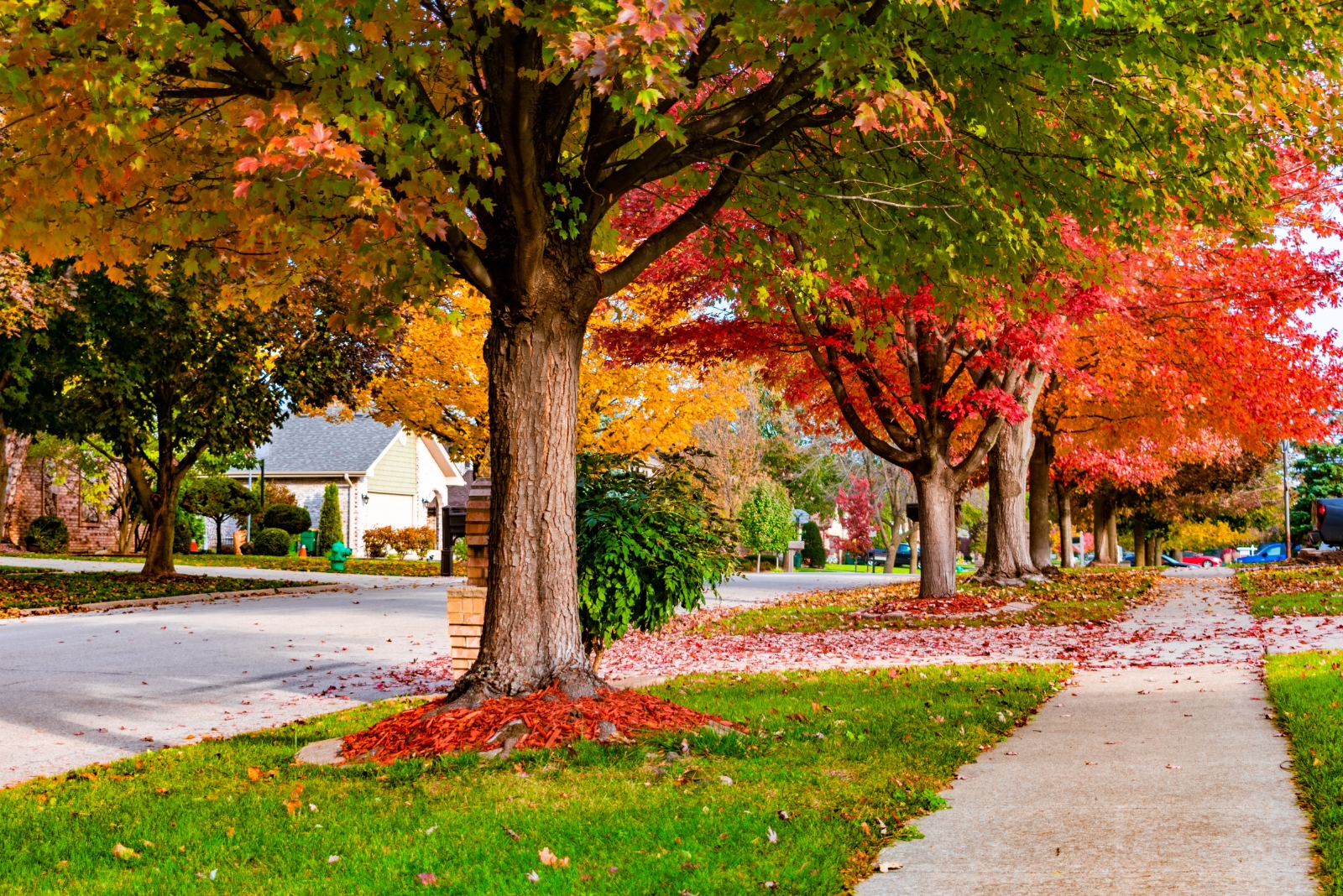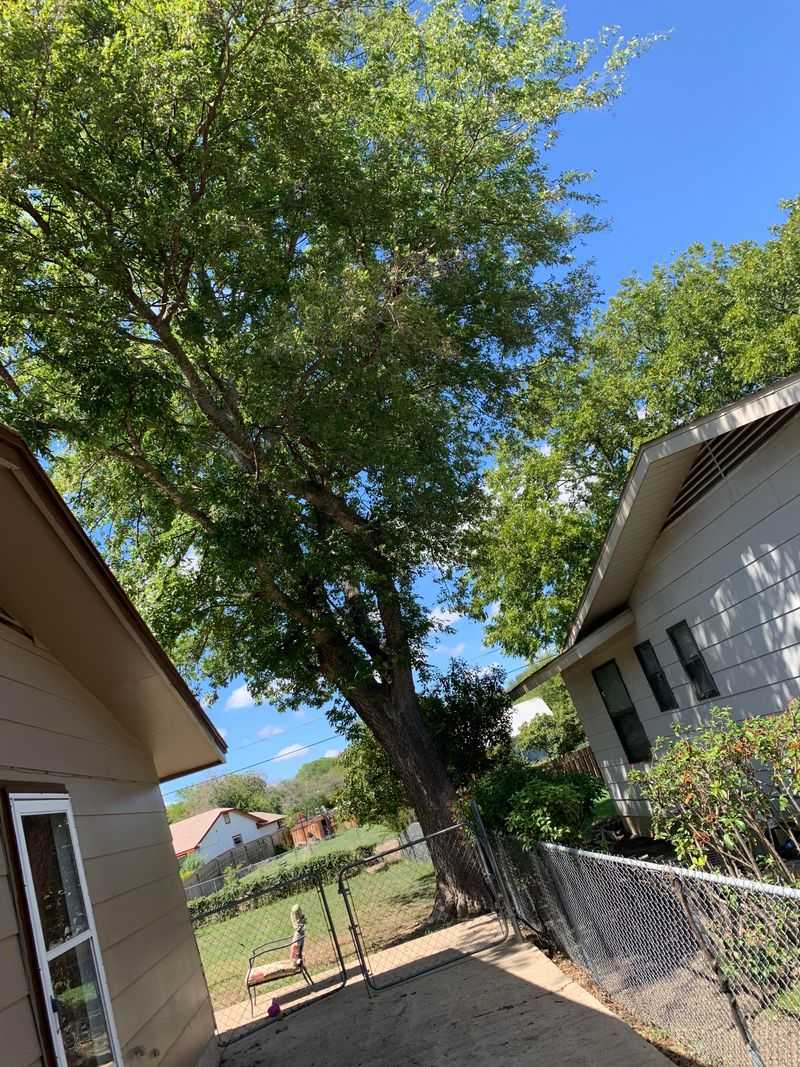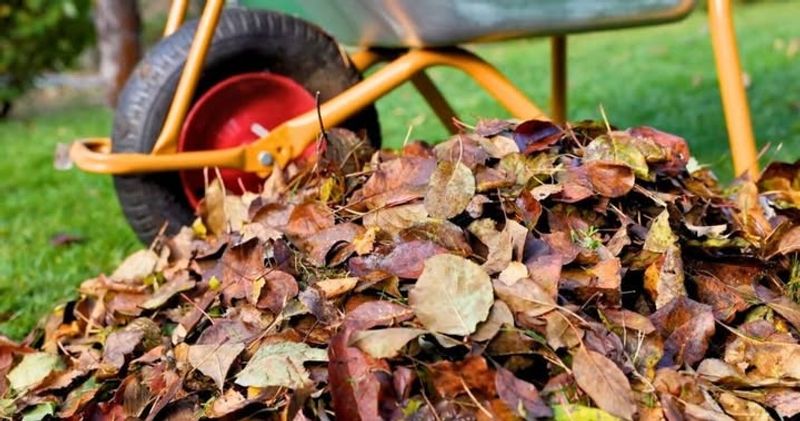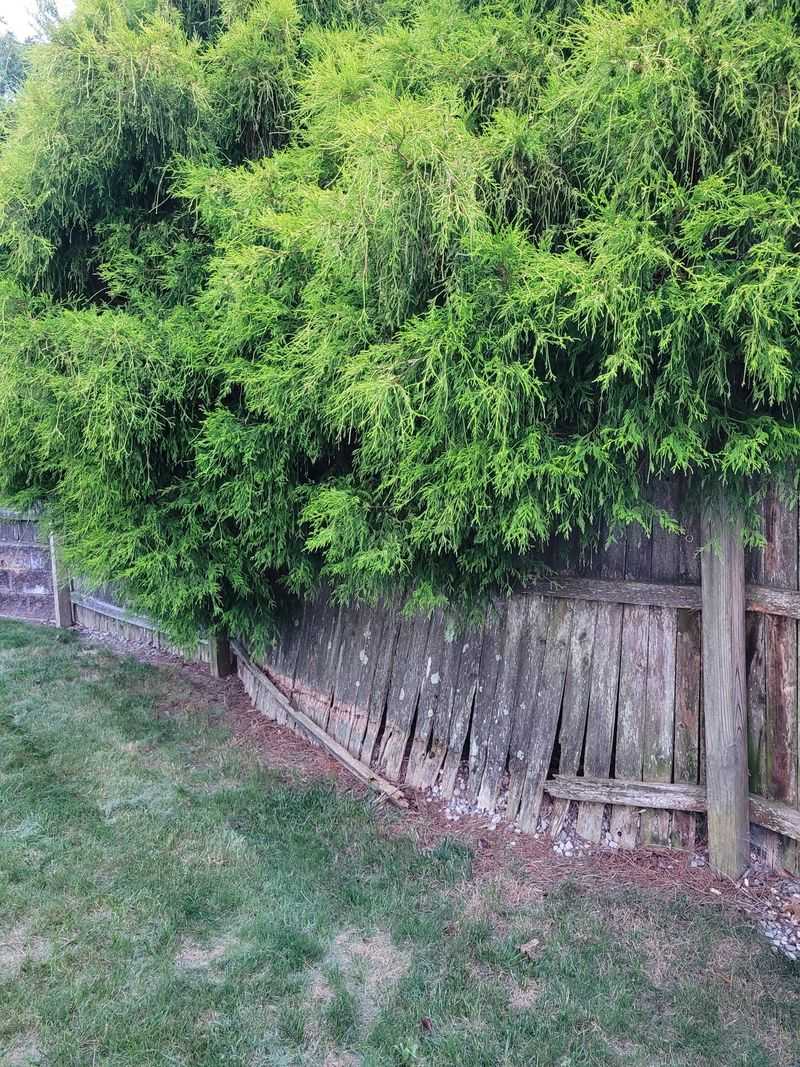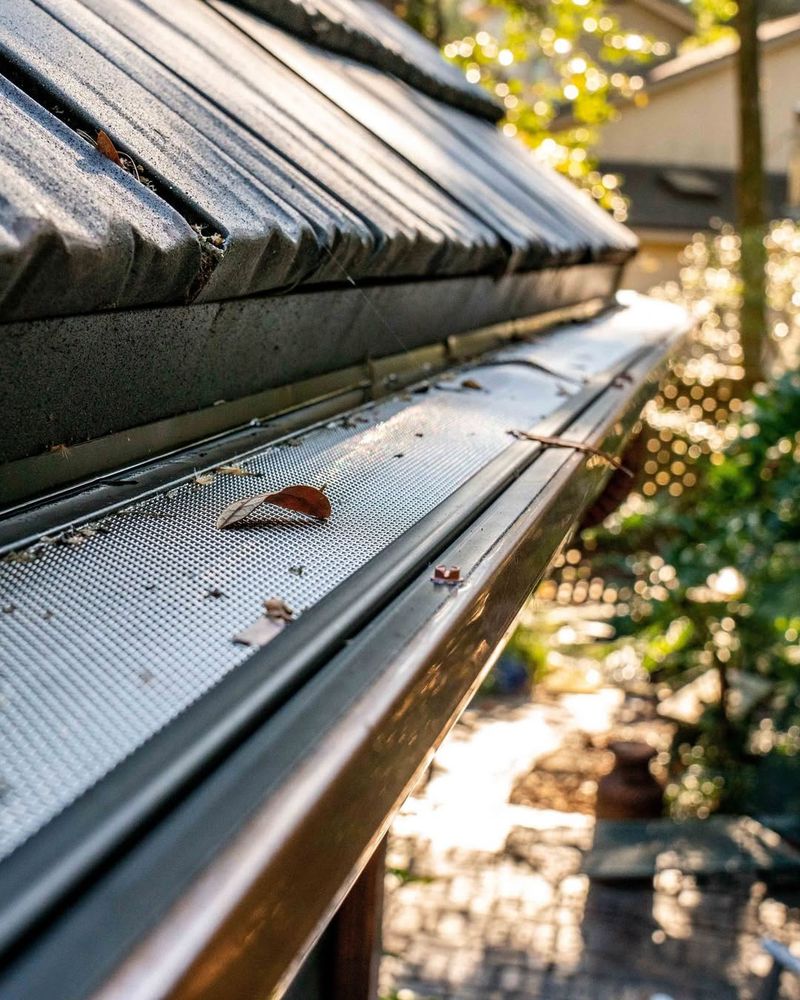A neighbor’s tree may offer shade in the summer and color in the fall, but those same leaves can bring tension once they start to drop. Many Massachusetts homeowners ask the same question each year: who carries the responsibility to rake, bag, or mulch what the wind delivers?
The answer, surprisingly, has little to do with who planted the tree. Local norms and long-standing legal principles guide how leaf cleanup is viewed — and the rules tend to be straightforward once understood.
1. You Own Your Own Cleanup
Massachusetts law follows a simple principle: property owners are responsible for maintaining their own land, regardless of where debris originates. Leaves that fall from a neighbor’s tree onto your property become your responsibility once they land.
Courts have consistently ruled that natural leaf fall is not considered a nuisance or trespass. Your neighbor isn’t legally required to rake your yard or pay for cleanup services, even if their large oak tree drops thousands of leaves on your lawn each fall.
2. Overhanging Branches Give You Rights
Property owners in Massachusetts have the legal right to trim branches that hang over their property line. This includes branches from a neighbor’s tree that extend into your airspace.
Before grabbing your saw, remember you can only cut up to the property boundary. Damaging the tree or cutting beyond your property line could result in legal trouble. Many people hire professional arborists to handle trimming safely and correctly, preventing accidental damage that might lead to disputes or costly tree replacement claims.
3. Neighborly Communication Prevents Problems
Talking directly with your neighbor about leaf concerns often produces better results than legal action. Most people appreciate a friendly conversation and may offer to help with cleanup or agree to trim problematic branches.
Approaching the situation calmly and respectfully strengthens community bonds. Your Massachusetts neighbor might not realize their tree causes extra work for you. Building goodwill now can make future property issues much easier to resolve together without involving lawyers or courts.
4. Document Everything Just In Case
Keeping records of ongoing leaf problems provides valuable evidence if disputes escalate. Take photographs showing the volume of leaves, dates of cleanup efforts, and any expenses incurred for removal services.
Written communication with your neighbor should be saved, including emails, text messages, and letters. If the situation involves potential tree damage to your Massachusetts property or creates genuine hazards, documentation helps support insurance claims or legal cases. Think of records as protection for your investment and peace of mind.
5. Nuisance Claims Have High Standards
Proving a tree constitutes a legal nuisance in Massachusetts requires showing substantial and unreasonable interference with property use. Regular seasonal leaf fall rarely meets this standard, no matter how annoying it feels.
Successful nuisance claims typically involve trees causing structural damage, blocking sunlight excessively, or creating genuine safety hazards. Simply having more leaves to rake than your neighbors doesn’t qualify. Courts recognize that trees naturally shed leaves and property owners must accept some inconvenience from surrounding vegetation.
6. Prevention Works Better Than Complaints
Taking proactive steps to manage leaf accumulation saves time and reduces frustration. Installing gutter guards, using leaf blowers efficiently, and composting leaves turns a problem into an opportunity.
Some homeowners plant ground covers that hide fallen leaves or create mulched areas where leaves naturally decompose. Regular maintenance schedules make the job less overwhelming than waiting until every leaf has fallen. Smart prevention strategies let you enjoy autumn beauty without dreading the cleanup that follows each windstorm.

